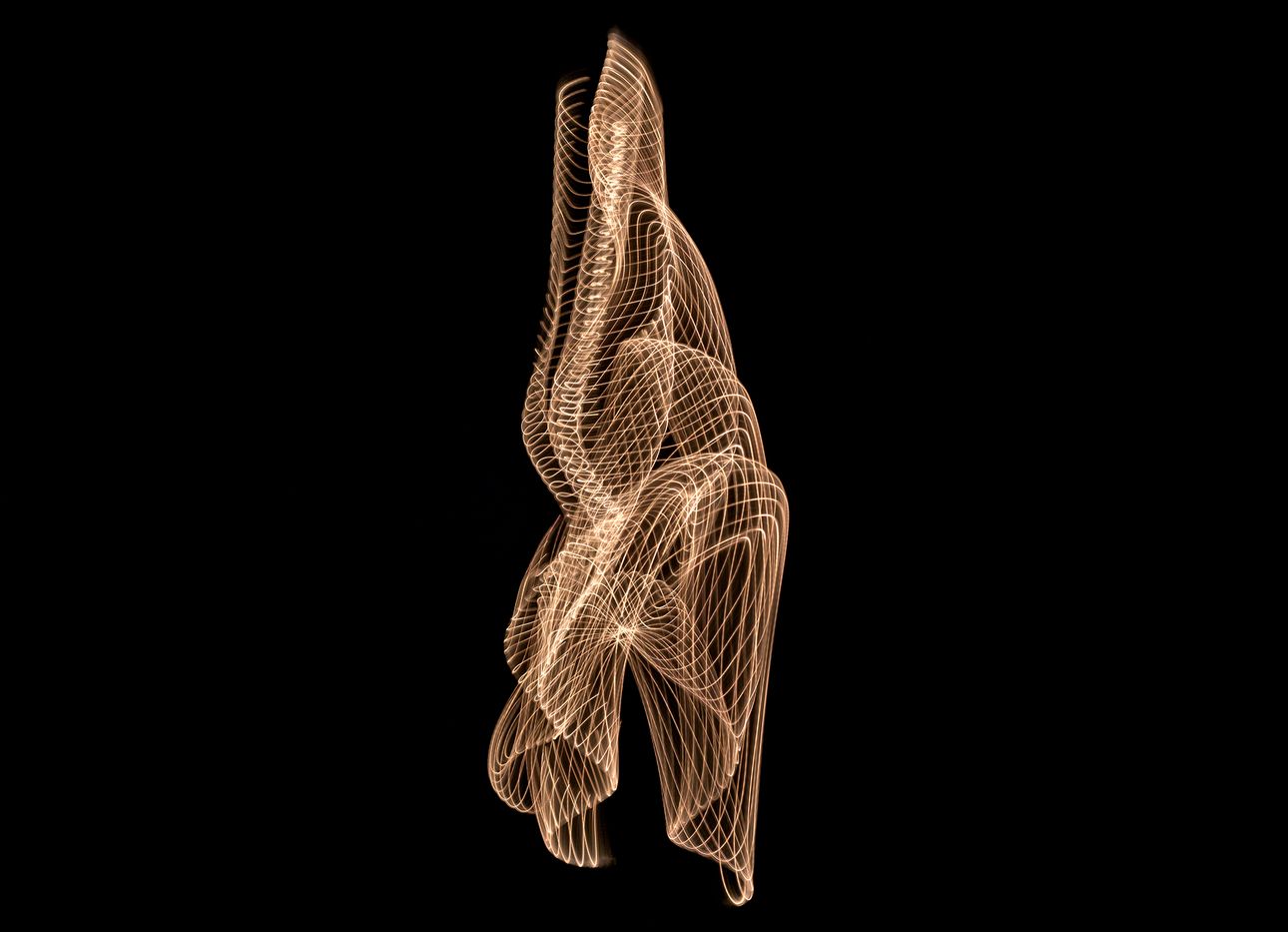
Psychoacoustics Expert Dr. Susan Rogers on How Musicians Hear
Before entering academia, Susan Rogers, director of the Berklee Music Perception and Cognition Laboratory, worked as a producer and sound engineer with artists ranging from Prince to David Byrne. Here, the Ph.D. pro discusses the science of how musicians listen.
“Psychoacoustics is a branch on the tree of psychometrics, which measures our ability to encode differences in our sensory modalities. So, for example, to what extent can we recognize that two different flavors are different on our tongues, feel that two fabrics have different textures, or recognize that two loud noises make different types of sounds? Obviously, we can recognize that silk and denim are different, but is silk different from sateen? Psychoacoustics looks at the basic processing of sound, from the ear all the way up to the cortex of the brain.
This is a running theme in all the classes I teach: Musicians and non-musicians do not process music in the same way. Musicians are better able than the average population to more rapidly—and to a greater extent—perform psychoacoustic tasks, such as recognizing the difference between two sounds, responding to them and categorizing them. It’s also well-established that musical training in childhood turns people into a kind of auditory athlete.
Musicians don’t have better hearing any more than a painter has better vision than the average person to see things. But what the painter is able to see is the relationship among the various colors. I have a friend who’s a professional painter and sculptor, for example, and he can look at a dark green pigment and, just from experience, know how much black is in it, how much yellow is in it, and how much blue is in it. All I see, as a layman, is just dark green.
Musical training develops the auditory path in such a way that people who are trained musicians can recognize and articulate the subtle differences between different sounds. Folks who work with sound professionally have sensory modalities as well as brain circuits that are hyper-charged to perform these functions. These circuits, running from the auditory path of the inner ear all the way up to the brain, are fatter and thicker and a little bit more specialized and differentiated, such that they are able to process all kinds of sounds—not just musical sounds, but speech sounds and environmental sounds—more efficiently.
Is musical talent born or is it made? This question has been studied, and the general answer is, it’s pretty much made. There are differences among people. To be a great musician is like being a great scientist: It helps to be pretty bright, and to have a pretty high I.Q., the abilities to focus and practice, and a capacity for delayed gratification. For the most part, though, it’s the amount of practice that turns someone into a musician.”